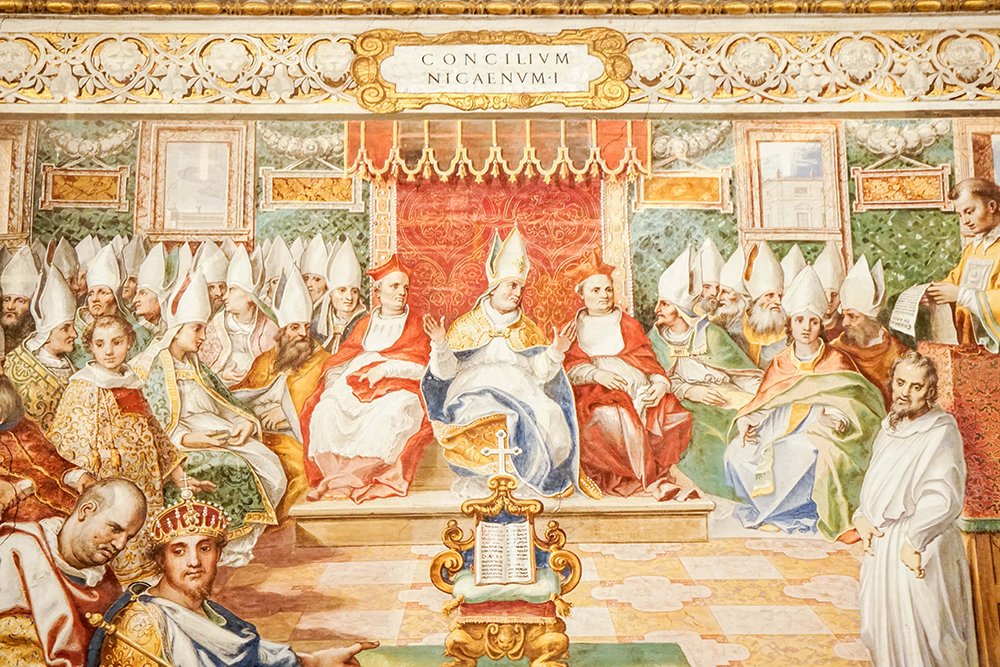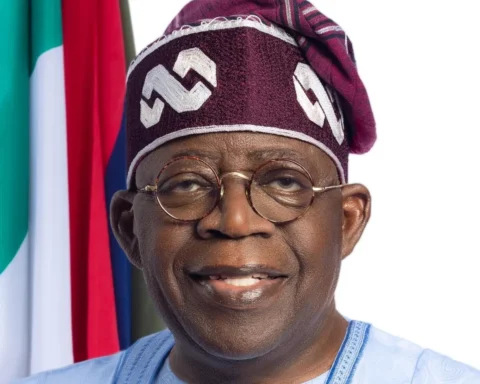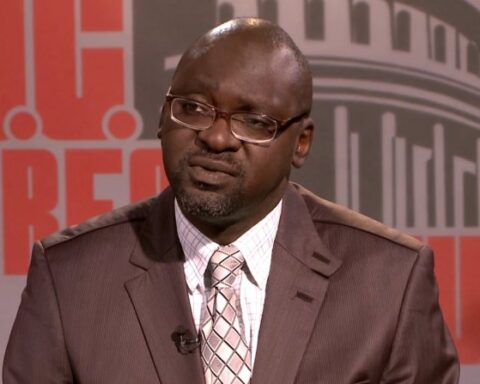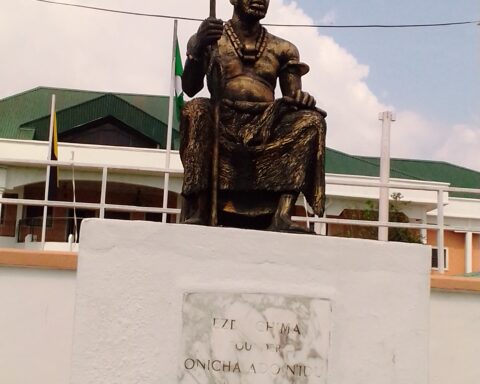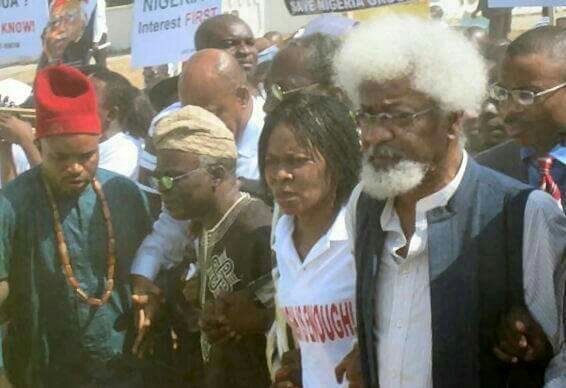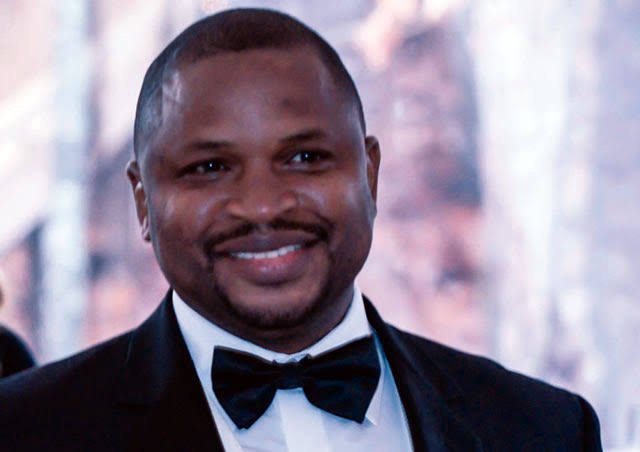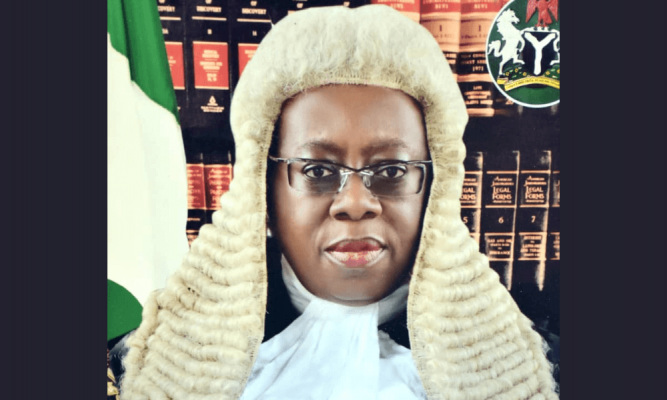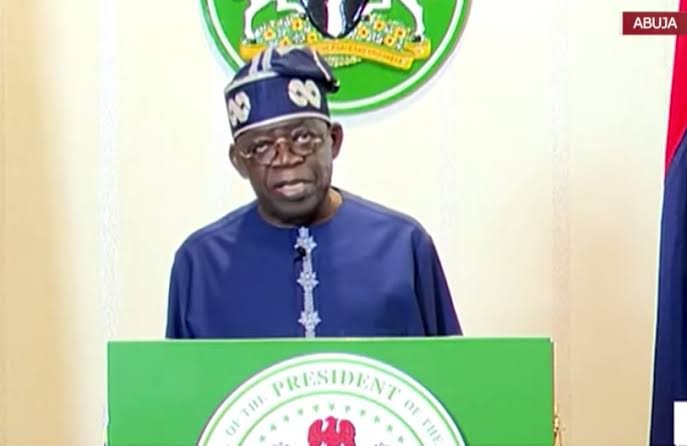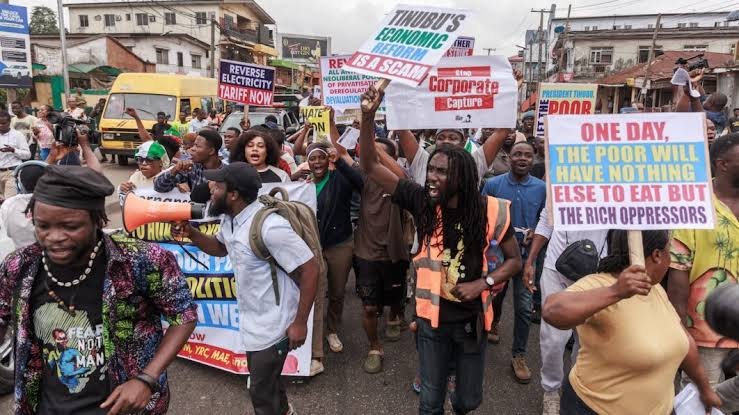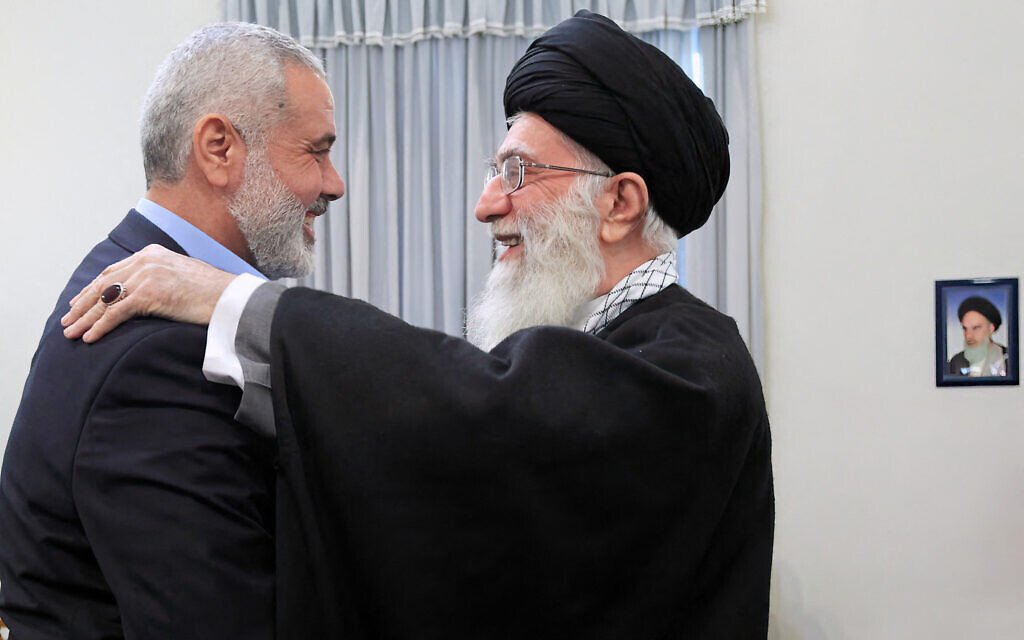Did you know that 1700 years ago, in 325 AD, a group of bishops, clergy and the Emperor Constantine gathered in Nicea, present-day Turkey, and formulated something that still unites Christians today: The Nicene Creed!
The Nicene Creed was born out of a big fight about who Jesus really is. A man named Arius was teaching that Jesus isn’t fully God, but just a created being. This caused serious confusion in the Church.
Then enter a young, bold deacon named Athanasius. Yes, he was just a deacon at the time, but this man stood fearlessly and defended the truth that Jesus is truly God, of the same essence as the Father. Athanasius argued passionately against Arius and became one of the heroes of this great council.
Athanasius, the fearless defender of the Nicene faith, paid a heavy price for standing against Arianism. After the Council of Nicaea, although the creed was established, the controversy didn’t simply disappear. Powerful supporters of Arius continued to stir trouble, and Athanasius, who had by then become the Bishop of Alexandria, found himself a constant target. He was exiled not once but five times, spending a total of 17 years in exile throughout his life. Despite being chased, falsely accused, and forced into hiding, even once living among monks in the desert, Athanasius never backed down from proclaiming that Jesus is fully God, of the same essence with the Father. His perseverance earned him the title “Athanasius Contra Mundum”: Athanasius Against the World.
The Nicene Creed was written to clearly say what we believe about God the Father, Son, and Holy Spirit. It became the standard confession for most of the Christian world.
But the story didn’t end there. Centuries later, a small line was added in the West, the famous “Filioque” (meaning “and the Son”), saying the Holy Spirit proceeds from the Father and the Son. The Eastern Church didn’t agree with that addition.
This led to a painful split in 1054: the Great Schism. Imagine this: Pope Leo IX excommunicated the Patriarch of Constantinople, and the Patriarch returned the favour by excommunicating the legates since the Pope was dead at the time!
In 1965, the historic act of lifting the mutual excommunications of 1054 was carried out by Pope Paul VI and Ecumenical Patriarch Athenagoras I of Constantinople. This powerful moment of reconciliation happened during the Second Vatican Council. Both leaders met in Jerusalem in 1964, which paved the way for this healing gesture. On December 7, 1965, they issued a joint declaration that officially revoked the excommunications that had stood for over 900 years, marking a huge step toward restoring friendship between the Roman Catholic Church and the Eastern Orthodox Church. While it didn’t end the schism completely, it was a monumental move toward dialogue, forgiveness, and unity.
As we celebrate 1700 years of the Nicene Creed, let’s remember what unites us: One God. One Lord Jesus Christ. One Holy Spirit. One Faith.
Copied
